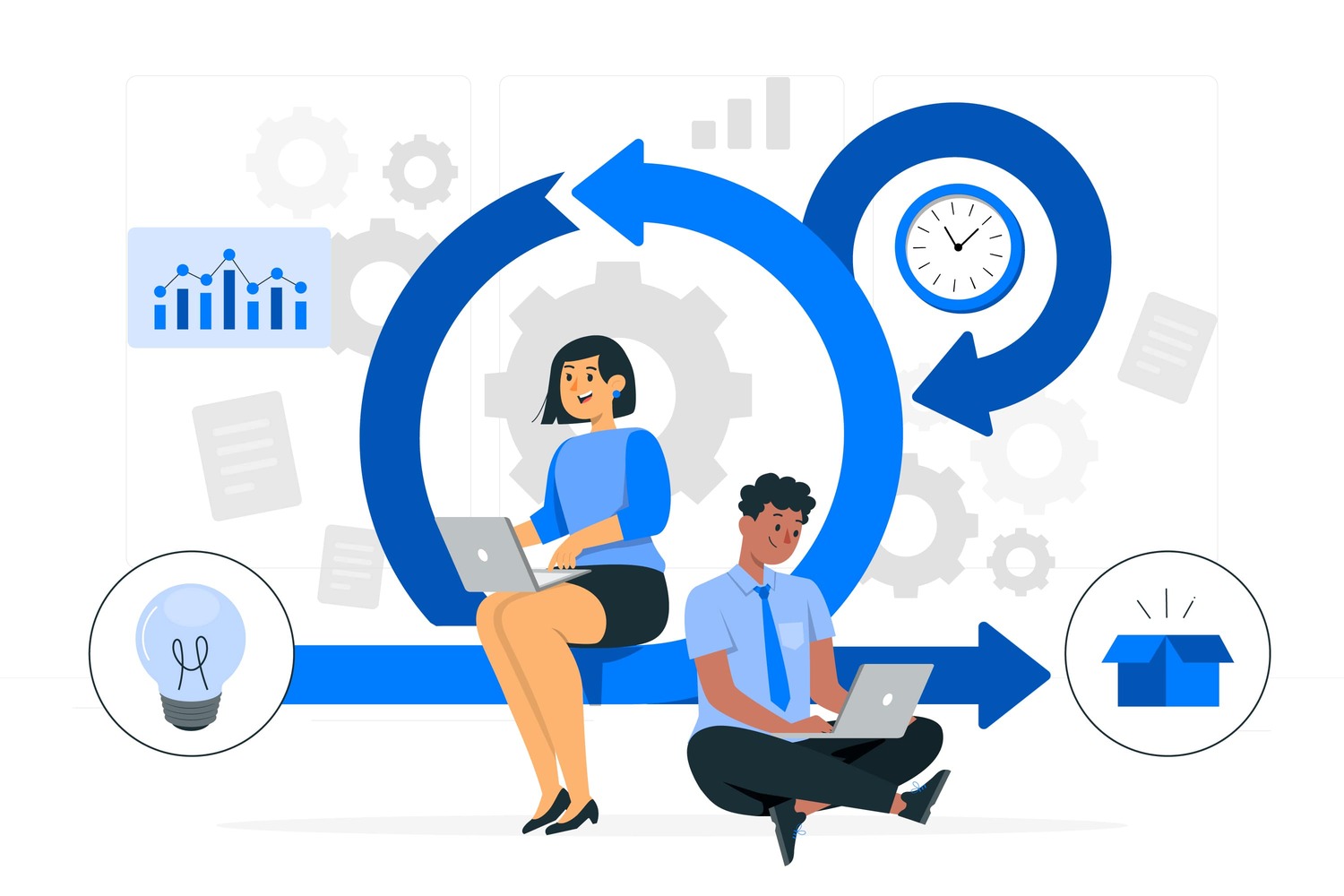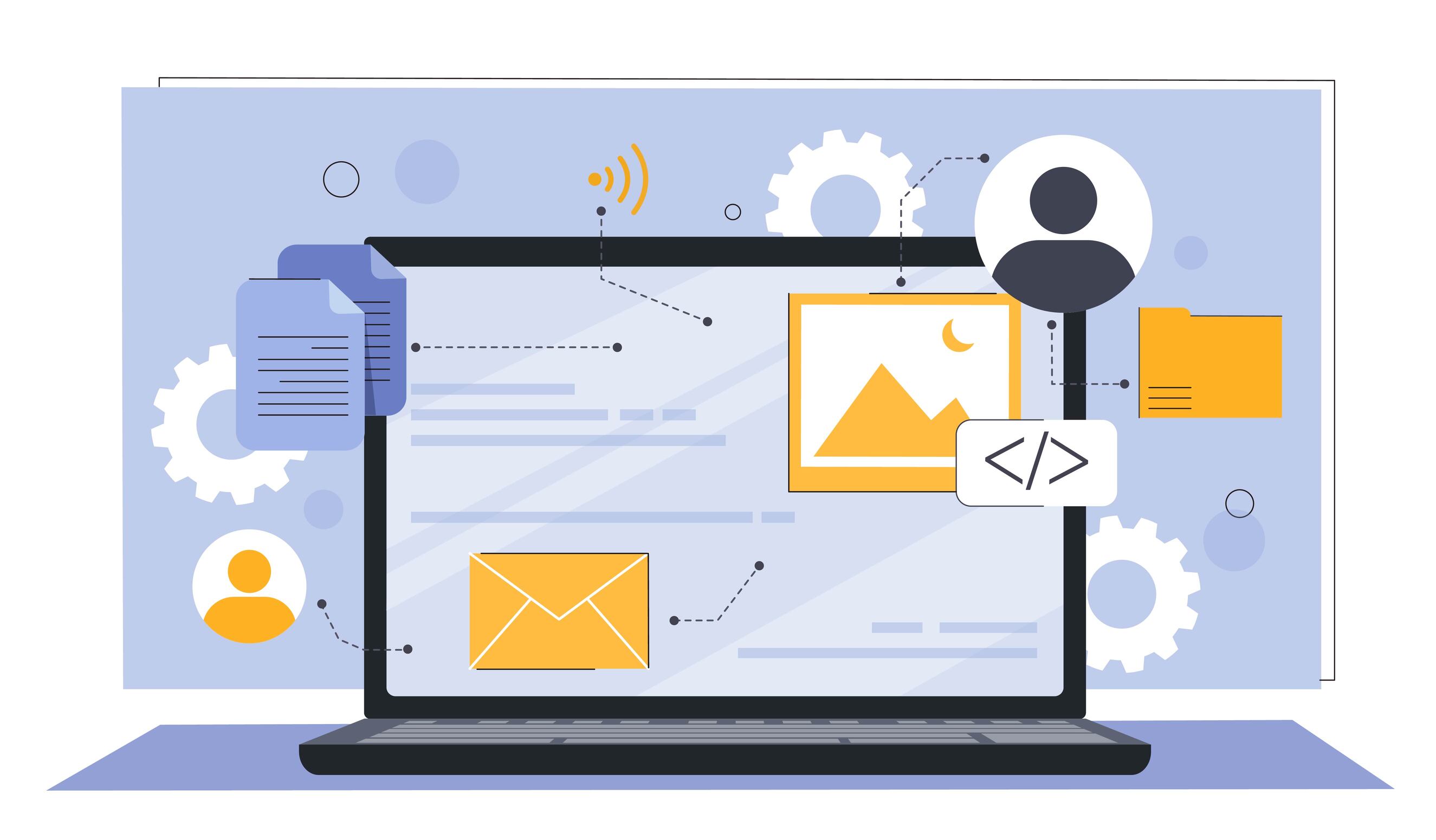Why Every Public Organization Needs a Smart Organizational Portal and How to Set It Up Correctly
Corporate portal

 2090
2090 
Revolution in Public Service: Why Every Public Organization Needs a Smart Organizational Portal and How to Set It Up Correctly
The digital revolution is transforming public service, and public organizations must adapt quickly to provide efficient, transparent, and accessible services to citizens. At the center of this revolution is a smart organizational portal – a tool that enables public bodies not only to enhance the user experience of citizens but also to streamline internal processes, reduce costs, and increase trust in state institutions. In this article, we will delve into the critical need for organizational portals in public service, examine the challenges involved in establishing them, and offer guiding principles along with examples of success.
The Need for a Smart Organizational Portal in Public Service
Today, more than ever, public organizations are required to deliver high-quality services while maintaining transparency, efficiency, and accessibility. Citizens expect to receive information and services instantly through digital platforms, and public organizations must meet these expectations to remain relevant and maintain public trust. A smart organizational portal is the right way to address these needs while improving the services provided and streamlining internal workflows.
The Main Challenges of Establishing an Organizational Portal for Public Service
Creating an organizational portal for public service involves unique challenges that require meticulous planning and preparation. Here are some of the main challenges:
-
Integration of Complex Systems: Public bodies often hold outdated, non-compatible systems and databases. An organizational portal must seamlessly interface with these systems to ensure reliable and accurate information flow. Successful integration requires a deep understanding of all existing systems and the ability to manage this complexity without disrupting the organization's routine function.
-
Accessibility of Complex Information: Public services often include complex legal or technical information such as laws, regulations, forms, guidelines, and more. The main challenge is to present this information in a simple, clear, and intuitive manner for every user, including citizens who lack a professional or technical background in the area.
-
Information Security and Privacy: Public bodies hold very sensitive information about citizens, and therefore they are required to meet strict security standards and ensure that the information remains protected from unauthorized access. An organizational portal must adopt advanced security protocols, including encryption, access control, and user authentication, to ensure data protection and compliance with privacy regulations.
-
Accessibility and Adaptation to Different Devices: The organizational portal must be accessible to the entire population, including people with disabilities, and adapt to a wide range of devices and browsers, including smartphones and tablets. Effectively and reliably providing services across all platforms is critical for user satisfaction and for the widespread use of the portal.
Guiding Principles for Establishing a Successful Organizational Portal in Public Service
To establish a smart organizational portal in public service, it is essential to focus on several guiding principles that will ensure the project's success.
-
Intuitive User Interface: The portal should offer a clean design and clear navigation, so users can easily find the services or information they need. It is important to use simple and clear language and avoid bureaucratic jargon that may confuse users. The search function should be smart and personalized, making it easier for users to quickly and easily find what they are searching for.
-
Comprehensive Online Services: The organizational portal should offer a wide range of digital services such as application submissions, fee payments, license renewals, form downloads, and appeal submissions. Processes that were previously manual can be automated through the portal, streamlining work, reducing errors, and shortening response times.
-
Customized Personal Area: Each user should be able to create a personal profile on the portal, allowing them to access specific information, track the status of their requests, and receive personalized alerts. This increases user satisfaction and simplifies their interactions with the organization.
-
Integration with Other Digital Channels: The organizational portal should be linked to additional digital channels such as mobile applications, social media, and CRM systems to enable citizens to receive services through their preferred channels. This integration enhances accessibility and the organization’s ability to communicate effectively with citizens.
Examples of Successful Organizational Portals in Public Service
Numerous examples illustrate the benefits of smart organizational portals in public service. Here are two notable examples:
-
Digi-Tel Portal of Tel Aviv Municipality: The Tel Aviv Municipality launched the "Digi-Tel" portal, providing a wide range of online services for city residents. The portal allows registration for kindergartens, renewal of parking permits, ordering certificates, and submitting various requests. Since its launch, the number of phone inquiries to the municipal hotline has decreased by 40% within just six months, indicating the portal’s success in making services accessible to residents and streamlining the municipality's internal processes.
-
The Personal Area of National Insurance: Israel's National Insurance instituted a "Personal Area" in its organizational portal, allowing citizens to submit claims, view information about their rights, update personal details, and receive personalized alerts. The use of the portal improved user experience and reduced the need for physical visits to National Insurance offices. Satisfaction rates rose to 85%, a figure reflecting the system’s success in making complex services convenient and user-friendly.
Summary: The Importance of a Smart Organizational Portal in Public Service
A smart organizational portal that is accessible is now a requirement for any public organization aiming to improve citizen service, streamline internal workflows, and strengthen trust in state institutions. Investing in advanced technology, excellent user experience design, and developing high-quality online services will yield great dividends in the long term, both in terms of citizen satisfaction and resource savings.
Establishing an organizational portal requires meticulous planning, a deep understanding of user needs, and addressing technical and security challenges. A public organization wishing to create a successful portal should carefully consider its unique needs and seek out experienced specialists in the field.
If you are a public organization looking to build a groundbreaking portal that will improve the services you provide to citizens, contact us now for a free initial consultation. We would be happy to share our knowledge and experience and help you advance your services into the digital future.






